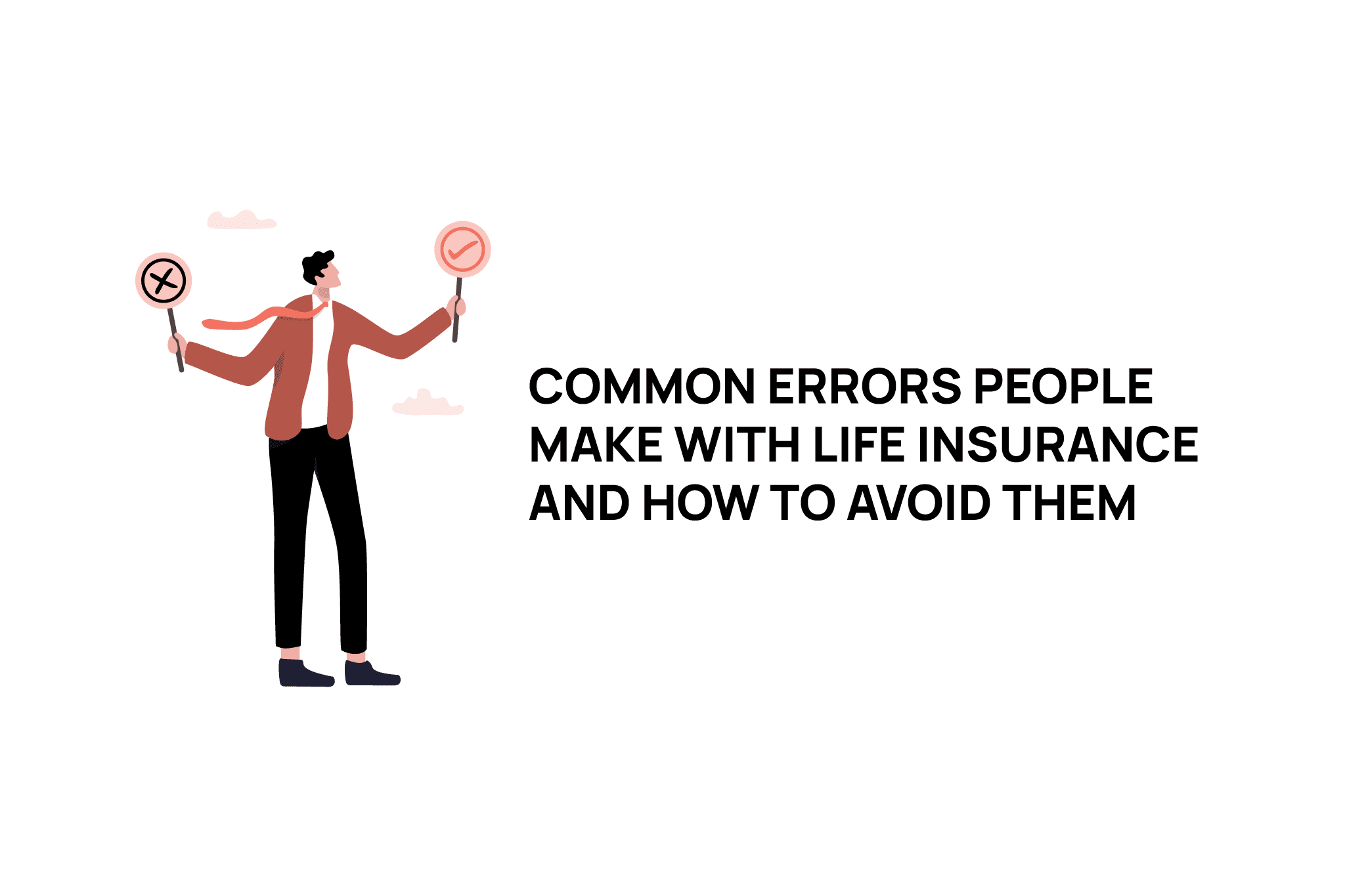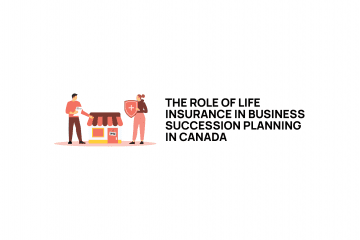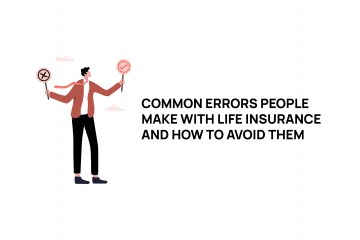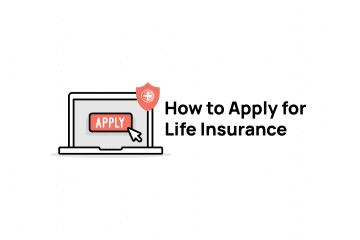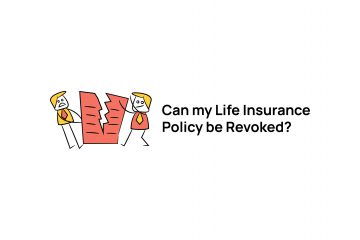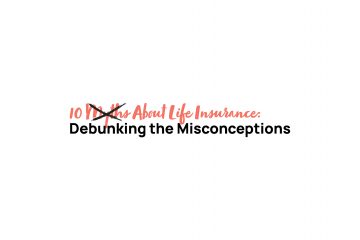If you have made the choice to get life insurance you should be applauded. You have added a valuable layer to your overall financial security plan that will protect your family in the event that something unexpected, and terrible, happens to you. Hopefully you worked with the team at lifeinsurancecanada.com, and they were able to help you figure out how much coverage you need, what the best type of policy for you was and guide you through the application process. The peace of mind that comes with that is a great feeling and you should be able to rest a bit easier knowing that you have looked after things in the worst case scenario, should it ever happen. Life insurance is a great tool to protect your family’s financial security and it is designed so that after you have it in place you shouldn’t need to check up on it regularly. In fact, many people don’t think about their life insurance until their advisor calls to arrange a review of their policy, and even then, the answer is often that everything is good and there’s no need to meet. But, have you ever thought about some of the common errors that happen with life insurance policy owners? I have and here’s a few of them and some tips on how to avoid them.
In this article:
- The Common Theme to the Common errors
- Error #1 – Letting your Policy Lapse
- Error #2 – Forgetting about the options your life insurance policy has
- Error #3 – Your Beneficiary Designations
- Conclusion
The Common Theme to the Common errors
Just to avoid becoming too repetitive in this article I will address the common theme that is going to run through many of the issues that policy owners face right up front. This issue is that the insurer doesn’t track your personal life after the policy is issued. This means that it is your responsibility to update the insurer to any changes that would affect their ability to contact you or affect the way that the policy pays out its benefit. This has gotten easier in recent years. As technology has changed and fewer and fewer people rely on old school landline phones it has become easier to remain in touch with people. Believe it or not, twenty years ago, if someone moved from one town to another, their phone number would change as well. This made it virtually impossible for an advisor to reach someone if we were unaware that they had moved. Today when people move their phone number often remains unchanged. This means that your advisor can still reach you, so when you get that annual call about a meeting to review things make sure that you take advantage of it and keep your information up to date.

Error #1 – Letting your Policy Lapse
Obviously this is one of the biggest errors you could make, because a lapsed policy does not pay the death benefit to your beneficiaries if you die. The sad part is that you may be surprised how often it happens. The most common cause for a lapsed life insurance policy is missed premium payments, and it tends to affect term life insurance plans more than permanent ones. The reason for this is that permanent policies, with their cash values, often have features in place to access the cash value in the policy to support the premium payment (called automatic premium loans) until the internal value of the life insurance policy is used up. With a term insurance policy there is no cash value, and as a result there is no way to fund a missed premium internally from the policy.
Life insurance policies have a grace period built into them for missed premiums. Typically you have 30 days after a premium is missed where the coverage remains in force, after that the coverage lapses. One of the most common causes of missed payments are issues with the policy owners bank account. If you pay the premium automatically monthly from your bank, and you change accounts for some reason, you need to make sure that the life insurance company is notified of this change as well. If you have missed a payment and the policy has lapsed you have 90 days during which you can contact the insurer, pay the overdue premiums, and have the policy reinstated without being required to provide medical evidence. After 90 days is up, if you want to restart the policy you will likely be required to pay all of the overdue premiums as well as provide a medical statement that shows there has not been any significant changes in your health since your original application was made.
Get a free quote
Error #2 – Forgetting about the options your life insurance policy has
Many life insurance policies include different options that are guaranteed to be approved regardless of any changes to your health status. The biggest ones typically apply to term life insurance plans. Term life insurance often includes both exchange and conversion options. These can be really valuable so here is what they mean:
- Conversion option – up until a specified age you are able to ‘convert’ some, or all, of the death benefit from your term insurance plan into a permanent insurance plan without any health questions. This is done based on the age you are when you apply for the conversion, and the premiums for permanent insurance get higher as you age, but it is nice to know that if your health changes in the future you are guaranteed the ability to change your term insurance coverage into a permanent policy without being required to requalify based on your health.
- Exchange Option – This is a lesser known option than the conversion option. The exchange option allows you to exchange all, or part, of your term insurance coverage for a longer term. Again, this is done without needing to requalify based on your health. The exchange option is usually limited to the first five years a policy is in place. There are different scenarios where this may be advantageous. Think of a situation where you have purchased a ten year term plan and in year three you buy a house and want to extend the term to match your new mortgage. This is a case where you could extend to a longer term to make your existing plan work better with your changing circumstances.
The key to all of the options that your life insurance policy has is that you may not even be aware of them, but they exist and the best way to find out how your existing policy can be altered to match your current needs? You guessed it…meet with your advisor to discuss it.

Error #3 – Your Beneficiary Designations
This is a really big one. As the owner of an insurance policy you get to decide who the death benefit from the policy gets paid to in the event that you pass away. An insurance company is obliged to pay the last person that you designated as beneficiary. I have personally had to deal with situations where the policy owner had been divorced for many years and remarried. They never changed the beneficiary on their policy from their first spouse to the second spouse though. This means that the death benefit is paid to the first spouse. That is an unpleasant transaction to be involved in, granted not for the policy owner, they’re dead. But think of the people left behind and how that will work for them. You need to make sure that while you’re alive everything stays up to date so that when you’re gone it all runs according to your plan. Again, we go back to the idea of keeping connected to your advisor and making sure that when they ask you to review things it’s always a good idea. You need to make sure that the data that the insurance company has is up to date so that when you aren’t here to correct it your wishes are fulfilled properly.
Aside from having the wrong person collect the death benefit you should always make sure that you have a contingent beneficiary named as well. This is typically viewed as a ‘common disaster’ clause where you name someone you would like to receive the funds from your life insurance policy in the event that the original beneficiary has also died. Having a contingent beneficiary named prevents the proceeds from your life insurance policy from being paid into your estate. In order for life insurance to maintain its key attributes of creditor protection and not being subject to probate it needs to never become part of your estate. If you have named a contingent beneficiary it helps to ensure that this never happens.
Conclusion
The main focus of this post is to highlight a few of the more common errors that years of experience in the insurance industry has shown me people make with their life insurance policies. In reality, the solution to all of these issues is the same. Make sure that you keep in touch with your insurance advisor and that they are kept up to date with the changes that are happening in your life. If you have had kids, a change in your marital status, moved houses these are significant events that make people think about their insurance plans and will often trigger the policy owner to reach out to their advisor. But taking the time to discuss your policy annually and making sure that you understand all of the options available to you as well as how your policy is currently structured can make it so that your loved ones are receiving the financial support you wanted them to have when you decided to take out insurance in the first place.
